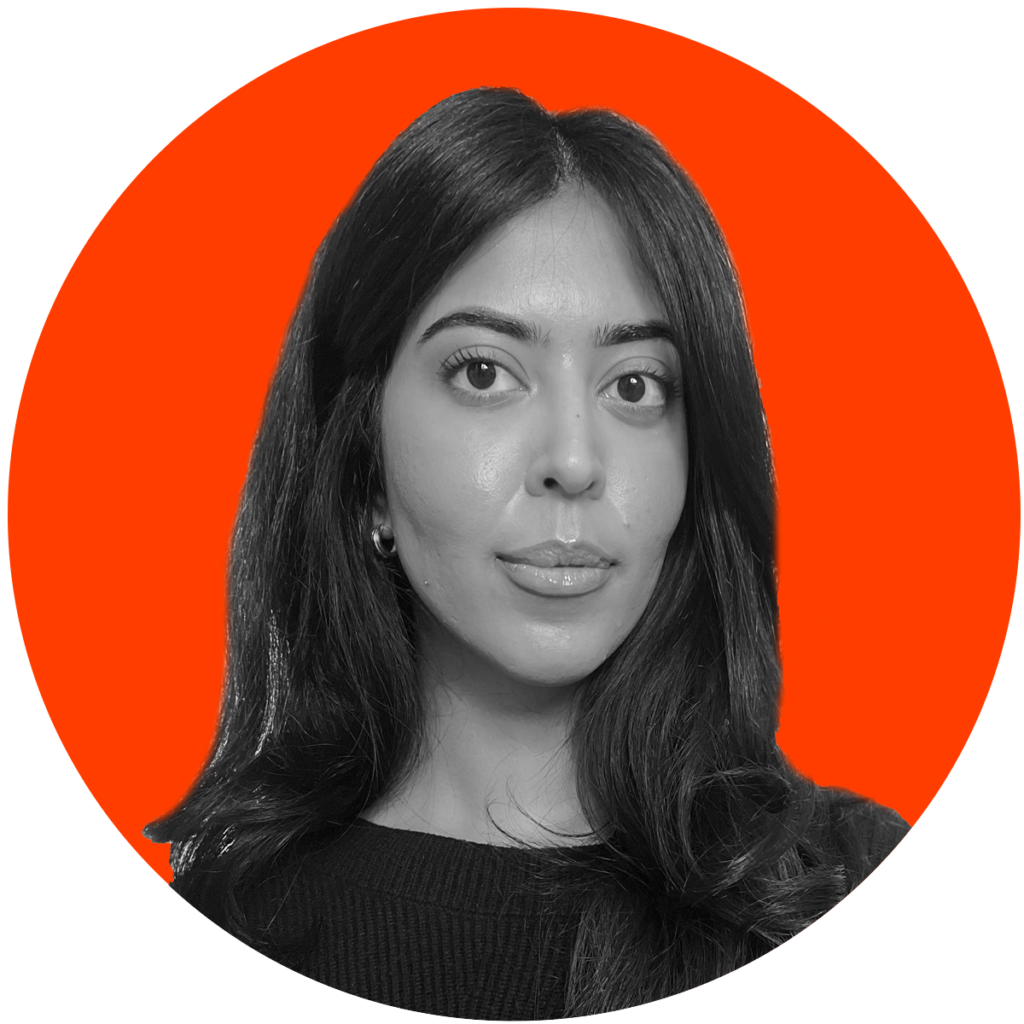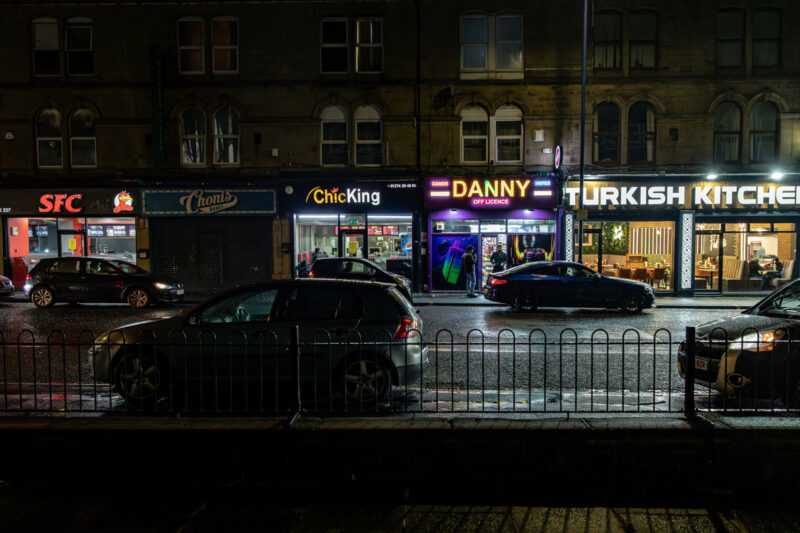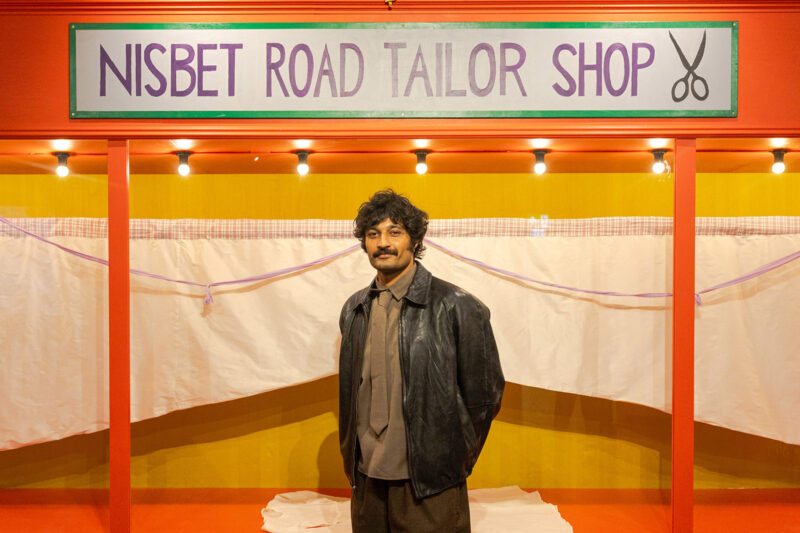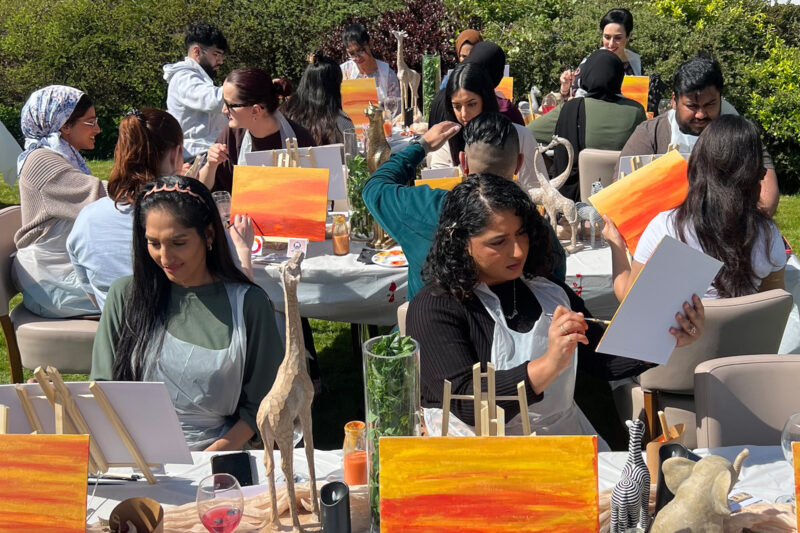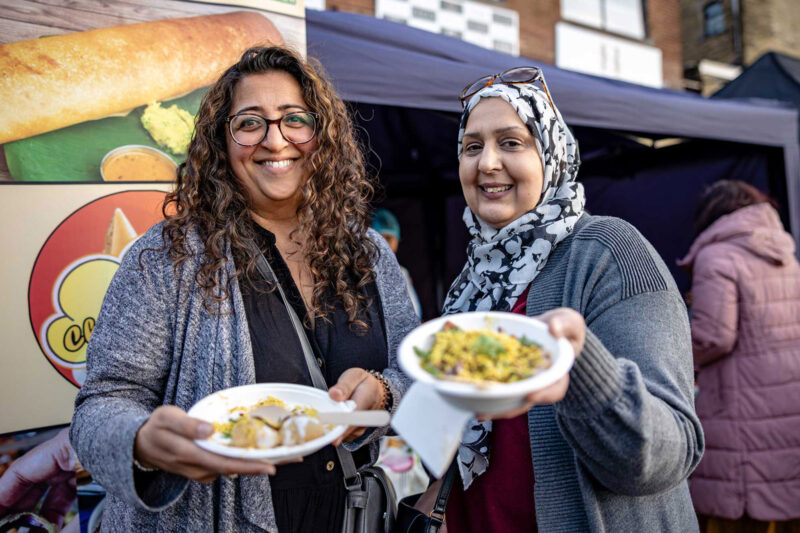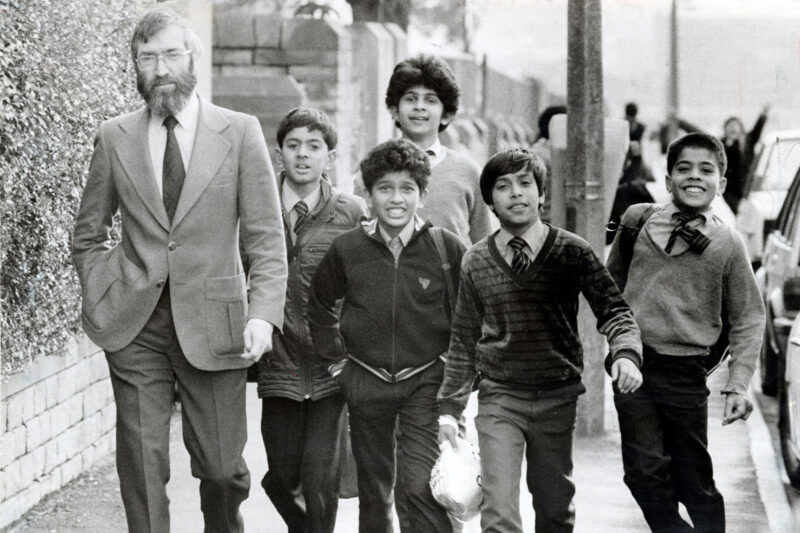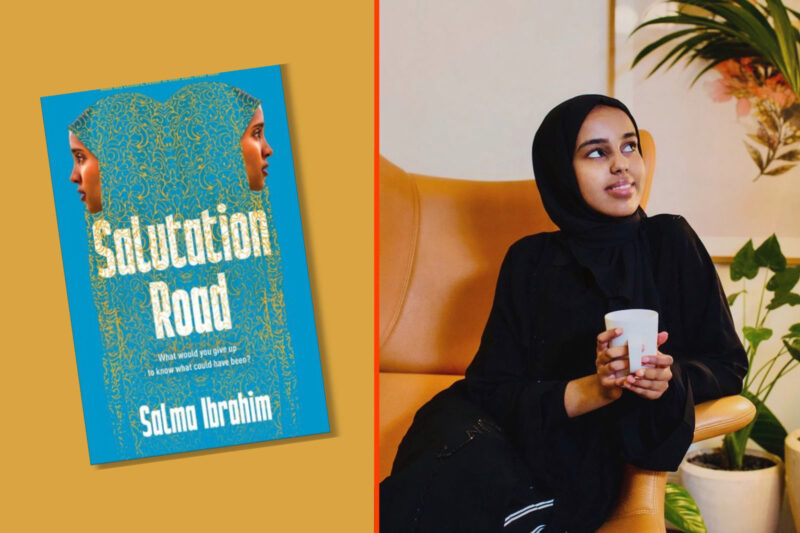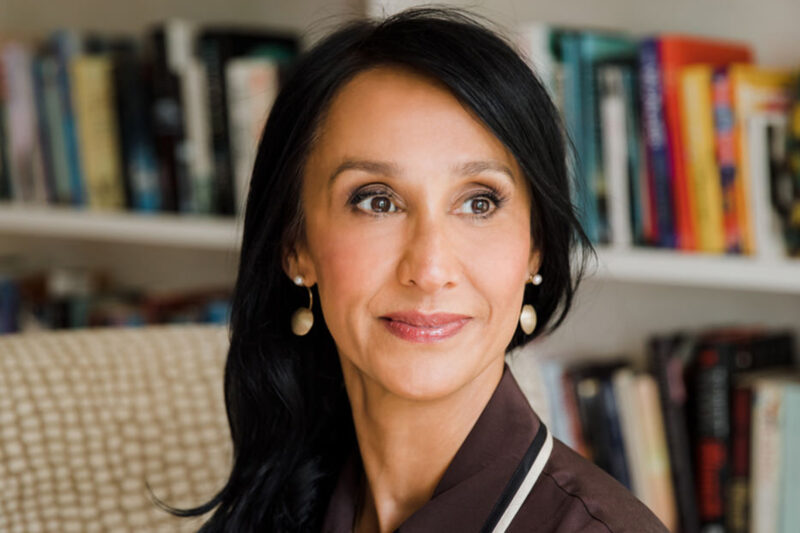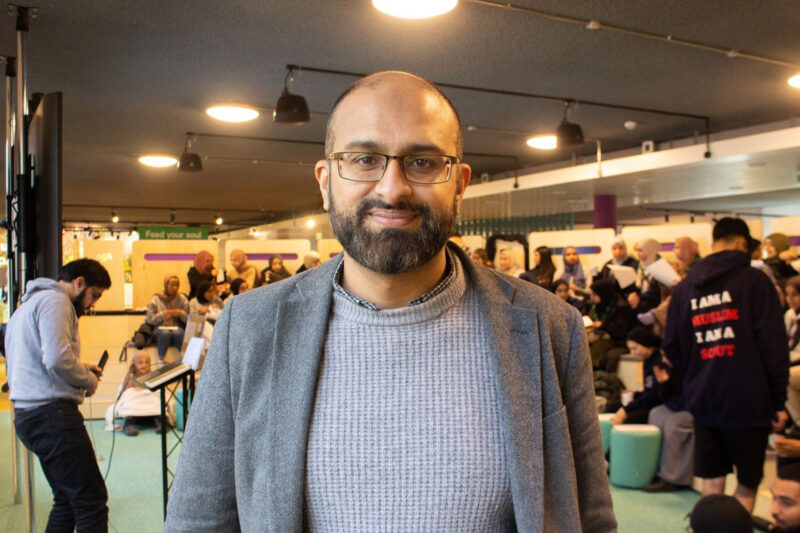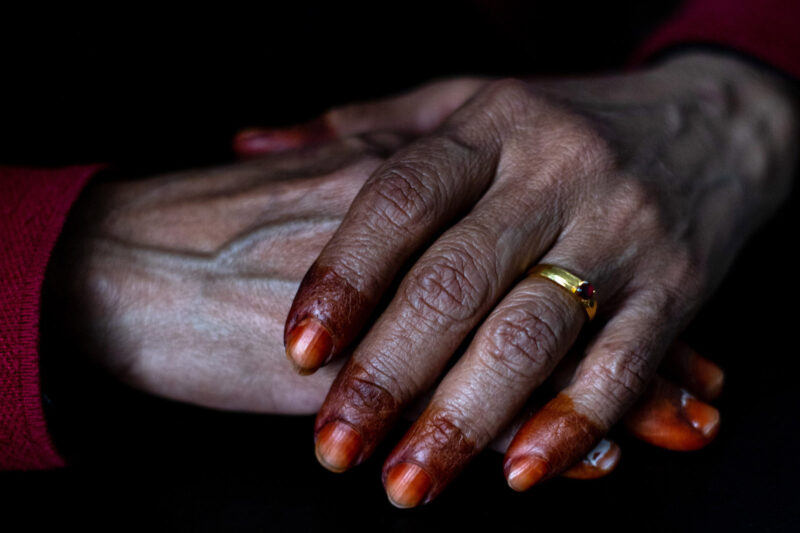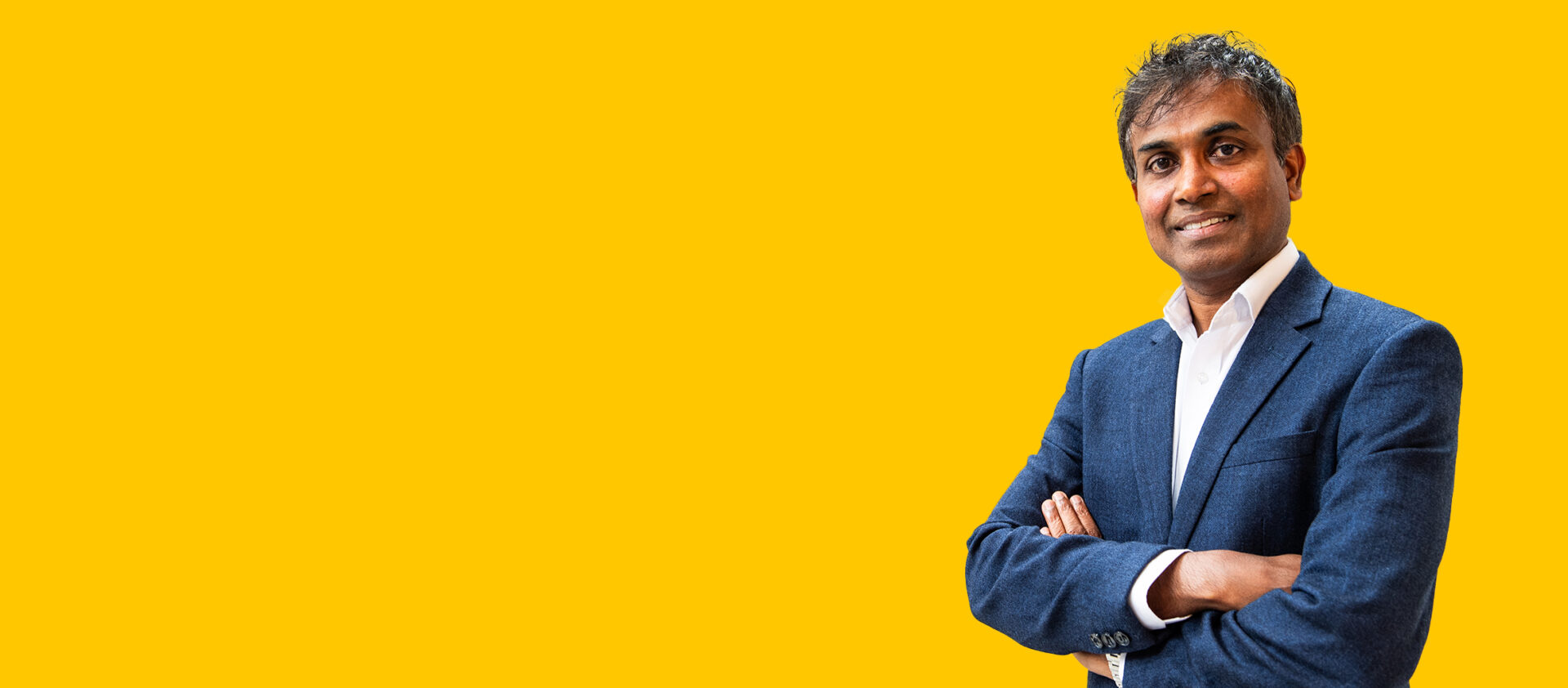
Hassan Ugail Q&A: ‘Machine learning has the potential to uncover lost history’
Hassan Ugail and his Bradford University team created an algorithm that analyses works of art in great depth to establish who painted them. Photo courtesy of the University of Bradford
The UK-based mathematician and computer scientist on how he used AI to shed new light on works by the Renaissance painter Raphael
While fears over the use of artificial intelligence continue to concern politicians and academics alike, the impact of machine learning is already apparent in many walks of life.
Hassan Ugail, 53, is the director of the Centre for Visual Computing at the University of Bradford. Ugail made headlines in July 2023 for his use of AI to analyse the provenance of a work by the revered Italian renaissance painter Raphael. The team at the university claimed that the de Brécy Tondo, widely thought to be a copy, was most likely an original Raphael masterpiece.
This discovery was followed in December by the announcement that Raphael may not be the only person who contributed to Madonna della Rosa (Madonna of the Rose), a painting of Mary, Joseph, a young John the Baptist and baby Jesus.
Aside from his work on visual computing, Ugail also helps run the Ugail Foundation in his homeland of Hithadhoo in the Maldives. Established in 2019, the foundation provides children with extracurricular learning, including courses in coding and the English language, with the aim of bridging the gap between the UK and the Maldives.
Ugail spoke to Hyphen about his discoveries in art and the role of AI.
This interview has been edited for length and clarity.
The origin of the de Brécy Tondo has been long debated by art experts. How did you come to analyse Raphael’s work?
Around two years ago, a colleague of mine, Professor Howell Edwards, approached me with the de Brécy Tondo. He had been looking at the work for more than 10 years, carrying out chemical analysis, and he was under the impression that it could be a painting by Raphael.
At that time, I was already interested in analysing art, but I didn’t know anything about the history of Raphael, his art work, and I didn’t really understand its significance.
I analysed the face of Madonna in de Brécy Tondo and in The Sistine Madonna — one of Raphael’s most famous works — using pattern analysis and pattern matching, and found some really striking similarities between the two.
However, in my personal opinion, this wasn’t strong enough scientific evidence to say this painting was done by Raphael. So I began running computer analysis on paintings that we know are by Raphael, and we created a very good algorithm that is 98% accurate in identifying his paintings.
In the case of the de Brécy Tondo, the algorithm found that it was more than 80% similar to the Sistine Madonna.
Can you tell me more about how the algorithm works and what its assessment is based on?
The algorithm examines the art in such depth that it is almost impossible for a human being to do.
For each known painting by Raphael, we asked it to start looking at the colour palette. We can see only a certain spectrum of colour through the naked eye, but the algorithm looks at it at a microscopic level. It will look at the different textures, the tones and the brush strokes.
Using this information, it will define a unique set of patterns that are specific to Raphael’s paintings. Then we show it a new painting and, using those characteristics it has found, it will say this painting is either similar or different.
How did this lead you to conclude that the Madonna della Rosa may not have been painted exclusively by Raphael?
When we ran Raphael’s paintings through the algorithm, the Madonna della Rosa came out to be only 60% attributed to him.
To satisfy our curiosity, we started looking at the different parts of the paintings, including the faces of Madonna and Joseph. When we ran the algorithm on the faces, the AI found that the face of Joseph was not painted by Raphael. This was also in line with what some art historians had suspected throughout the years.
There is also other evidence to suggest this is the case. Some 500 years ago, Raphael ran a big workshop, and we know that at least two or three other artists collaborated with him on paintings. It is plausible that he might have assigned this part of the painting to one of his assistants.
Some art historians have been sceptical of your team’s discovery that de Brécy Tondo could be an original Raphael piece. They say it could be a copy painted any time during the artist’s lifetime through to the 19th century. What are your thoughts on this?
A number of art historians were a bit taken aback that someone from a computer science background, with very little prior knowledge of art, was making a claim about a Raphael painting. But in my opinion, an art background wasn’t necessary to do this work.
As part of our research, we looked at copies of Raphael’s paintings. We commissioned an artist to recreate Raphael’s self-portrait. The painting looked identical, but when we ran it through the algorithm, it correctly identified that it wasn’t a Raphael piece. I can’t say it is 100% accurate, but we have great confidence that the model can pull out fakes from genuine art.
Usually when we talk about AI, there is a focus on the future. Do you think there’s scope to use AI to learn more about different points in history?
I think it’s extremely notable that we can use machine learning to better understand what happened in an artist’s workshop some 500 years ago. After our work on Raphael, I have already started looking at other painters, including Van Gogh, Peter Lely and Jean-Michael Basquiat. As it stands, analysis of art is opinion-based. I’d like to bring in an objective, science-based analysis to assist this.
Machine learning has the potential to use pattern and data analysis to uncover history. In the future, my aim is to build a platform where a user can upload an image and the AI will provide some understanding of where the images came from, who painted them, and to what percentage we can accurately say that. Using this, we want to be able to identify if there are more genuine pieces out there that haven’t been discovered yet.
There have been widespread concerns about the future of AI. What are your thoughts on this?
I am concerned about the issue of data and privacy, and I think we urgently need rules and regulations to help with that.
Take the example of the most talked-about AI in recent months, Chat GPT. If I asked Chat GPT to write an essay on a certain topic, and it churns out an essay, you still need a human being to look at it and verify that what it has written is accurate.
To me, AI is just another piece of technology. It can enable us to do things more efficiently, but I don’t think it can replace human beings, and I don’t think it is a threat to humanity.
 Newsletter
Newsletter

